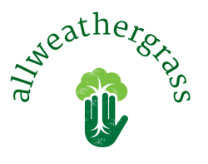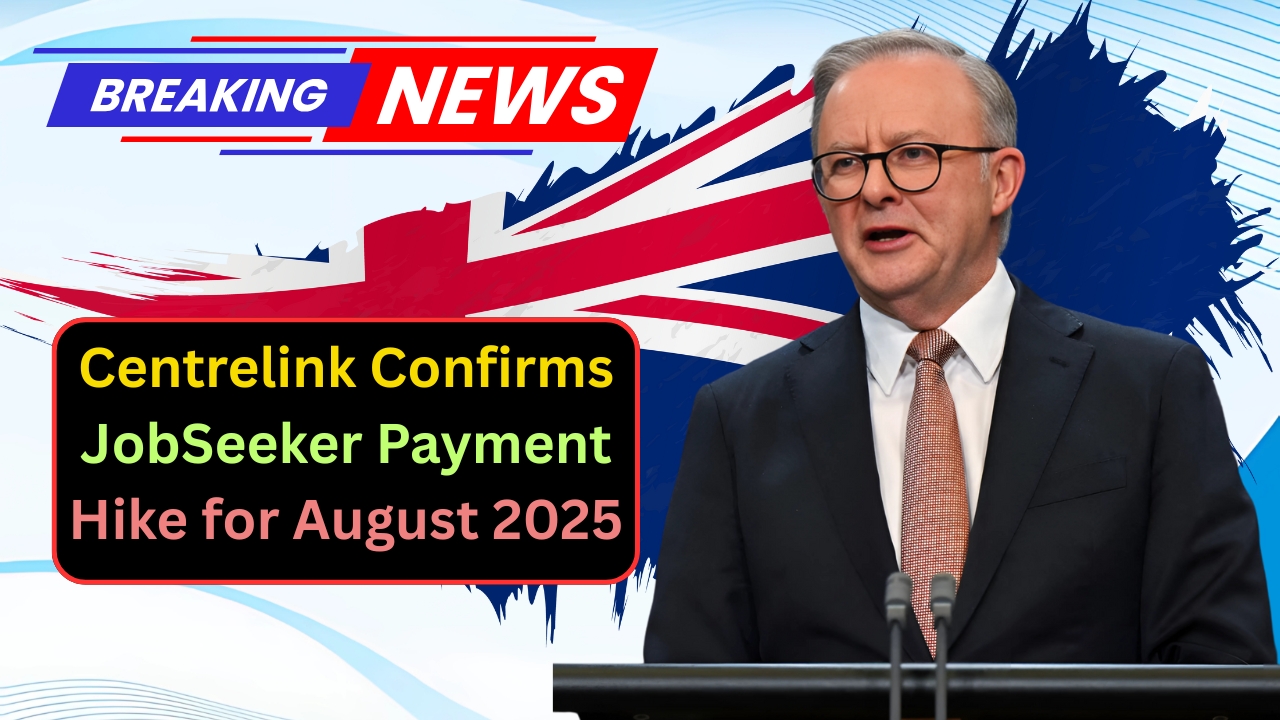Centrelink Confirms JobSeeker Payment Hike : In a significant move to address the financial pressures faced by Australians on income support, Centrelink has announced a scheduled increase in JobSeeker payment effective August 2025. This adjustment aims to provide relief to thousands of unemployed and underemployed individuals navigating an increasingly challenging economic landscape. The decision comes amid ongoing discussions about cost-of-living pressures, inflation, and the adequacy of welfare payments in ensuring a decent standard of living. This article explores the details of the payment hike, its implications for recipients, and the broader context of social security in Australia.
Background on JobSeeker Payment
The JobSeeker Payment is Australia’s primary income support program for individuals who are unemployed or unable to secure sufficient work. Administered by Services Australia through Centrelink, it provides financial assistance to eligible Australians aged 22 and over but below the Age Pension age. The payment supports those actively seeking employment or participating in approved activities, such as training or education, to improve their job prospects.
The base rate for JobSeeker has long been a topic of debate, with advocates arguing that the payment has not kept pace with rising living costs. As of 2025, the payment rates are adjusted biannually in March and September to account for changes in the Consumer Price Index (CPI) and other economic indicators. The August 2025 hike is part of this routine indexation, but Centrelink has also hinted at additional adjustments to address growing economic challenges.
Details of the August 2025 Payment Increase
While specific figures for the August 2025 increase have not been fully detailed in public announcements, Centrelink has confirmed that the adjustment will reflect inflationary trends and cost-of-living pressures. Based on historical trends, the increase is expected to align with CPI changes, which have been significant in recent years due to global economic disruptions, including supply chain issues and energy price volatility.
For context, as of September 2024, the JobSeeker payment rates for single individuals without dependents stood at approximately $762.70 per fortnight, with additional supplements like the Energy Supplement ($9.50 per fortnight) and Rent Assistance (up to $184.80 per fortnight for those with high rental costs). The August 2025 adjustment is likely to boost these rates by a modest percentage, potentially adding $20–$40 per fortnight to the base payment, depending on economic conditions and government policy decisions.
Centrelink has emphasized that the increase will apply to all eligible recipients, including those on Youth Allowance (for job seekers under 22) and related payments like Parenting Payment and Disability Support Pension, which are also subject to indexation. The goal is to ensure that payments maintain their purchasing power in the face of rising costs for essentials like housing, groceries, and utilities.
Why the Increase Matters
The announcement of the JobSeeker payment hike comes at a critical time. Australia’s economy, while relatively stable compared to global counterparts, has faced persistent inflationary pressures. The cost of living has surged, with housing affordability, in particular, becoming a major concern. Rent and mortgage costs have risen sharply in urban centers, and grocery prices have increased due to supply chain disruptions and climate-related impacts on agriculture.
For JobSeeker recipients, many of whom live below the poverty line, even a modest payment increase can make a tangible difference. The additional funds could help cover rising electricity bills, afford healthier food options, or contribute to rental payments, reducing the risk of homelessness. However, critics argue that indexation alone may not be sufficient to lift recipients out of poverty, especially for those without access to other income sources or family support.
The Broader Context of Welfare Reform
The JobSeeker payment increase is part of a broader conversation about the adequacy of Australia’s social security system. Advocacy groups, such as the Australian Council of Social Service (ACOSS), have long called for a substantial boost to JobSeeker rates, arguing that the current payment levels are inadequate for maintaining a basic standard of living. In 2023, ACOSS recommended raising the base rate to at least $1,000 per fortnight to align with the poverty line and ensure recipients can afford essentials without relying on charity or emergency relief.
The August 2025 hike, while welcome, is unlikely to meet these demands. Instead, it reflects a cautious approach by the government, balancing fiscal responsibility with the need to support vulnerable populations. The decision also comes in the wake of the 2023 Economic Inclusion Advisory Committee report, which urged the government to prioritize welfare reform to address entrenched poverty and inequality.
Who Benefits from the Increase?
The payment hike will benefit a diverse group of Australians, including:
-
Unemployed individuals: Those actively seeking work but unable to secure employment due to economic conditions or personal circumstances.
-
Underemployed workers: People working part-time or casual jobs but earning below a certain threshold, qualifying them for partial JobSeeker payments.
-
Students and trainees: Individuals on Youth Allowance who are studying or training while looking for work.
-
People with disabilities or caring responsibilities: Those receiving related payments that are also subject to indexation.
Centrelink has streamlined the process to ensure that the increased payments are automatically applied to eligible recipients’ fortnightly payments starting in August 2025. Recipients do not need to reapply or submit additional documentation, though they must continue to meet reporting requirements, such as notifying Centrelink of any changes in income or circumstances.
Challenges and Criticisms
While the payment increase is a positive step, it has not been without criticism. Welfare advocates argue that indexation-based adjustments are insufficient to address the structural issues facing JobSeeker recipients. For example, the rapid rise in rental costs in cities like Sydney and Melbourne has outpaced CPI-based increases, leaving many recipients struggling to afford housing. Additionally, the eligibility criteria for JobSeeker, which include strict job search and mutual obligation requirements, have been criticized as overly punitive, particularly for those facing barriers like disability or mental health challenges.
Another concern is the disparity between JobSeeker and other payments, such as the Age Pension, which is significantly higher. This has led to calls for a more equitable approach to income support, ensuring that all recipients can meet their basic needs regardless of their circumstances.
Economic and Social Implications
The JobSeeker payment increase is expected to have ripple effects across the economy. By putting more money into the hands of low-income individuals, the government aims to stimulate local economies, as recipients are likely to spend the additional funds on essentials like food, clothing, and transport. This increased consumer spending could benefit small businesses and retailers, particularly in regional areas where unemployment rates are higher.
Socially, the payment hike may help reduce financial stress and improve mental health outcomes for recipients. Financial insecurity is a known contributor to anxiety and depression, and even small increases in income can provide a sense of stability. However, without broader reforms to address housing affordability and job creation, the impact of the increase may be limited.
Looking Ahead
As August 2025 approaches, Centrelink is expected to provide more detailed information about the exact payment rates and any additional policy changes. Recipients are encouraged to stay updated through the myGov portal or by contacting Centrelink directly. Meanwhile, advocacy groups continue to push for long-term reforms, including a permanent increase to JobSeeker rates and changes to mutual obligation requirements to better support vulnerable Australians.
The JobSeeker payment hike is a step in the right direction, but it is not a panacea for the challenges facing Australia’s welfare system. As the cost of living continues to rise, policymakers will need to consider more comprehensive solutions to ensure that all Australians have access to a decent standard of living.
JobSeeker Payment
The confirmation of a JobSeeker payment increase for August 2025 offers hope to thousands of Australians struggling to make ends meet. While the exact details of the hike are still forthcoming, it represents a commitment to supporting those in need during challenging economic times. However, the broader debate about welfare adequacy and economic inequality remains unresolved, and further action will be needed to create a more equitable and sustainable social security system.

